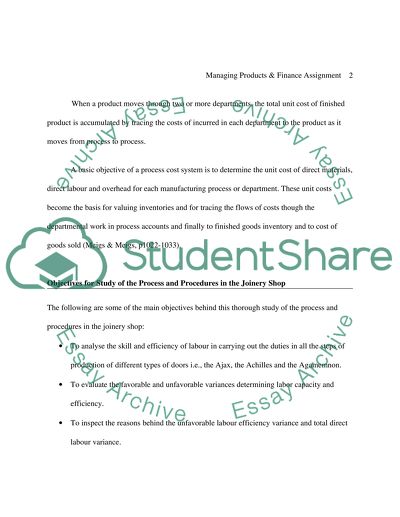Cite this document
(Accounting the Basis For Business Decision Making Case Study, n.d.)
Accounting the Basis For Business Decision Making Case Study. Retrieved from https://studentshare.org/finance-accounting/1511716-managing-products-and-finance
Accounting the Basis For Business Decision Making Case Study. Retrieved from https://studentshare.org/finance-accounting/1511716-managing-products-and-finance
(Accounting the Basis For Business Decision Making Case Study)
Accounting the Basis For Business Decision Making Case Study. https://studentshare.org/finance-accounting/1511716-managing-products-and-finance.
Accounting the Basis For Business Decision Making Case Study. https://studentshare.org/finance-accounting/1511716-managing-products-and-finance.
“Accounting the Basis For Business Decision Making Case Study”, n.d. https://studentshare.org/finance-accounting/1511716-managing-products-and-finance.


